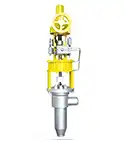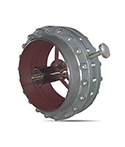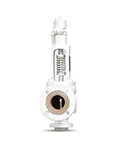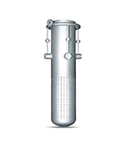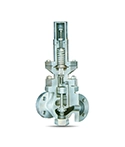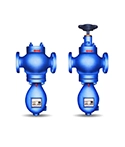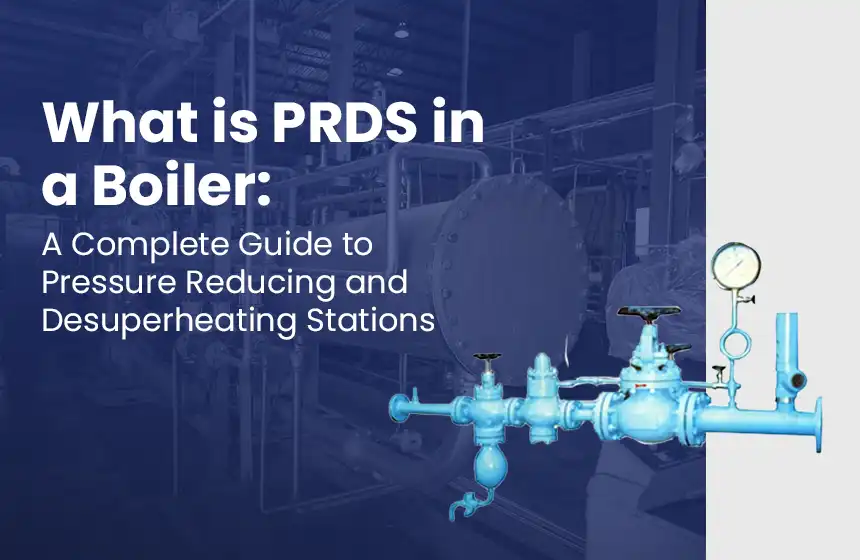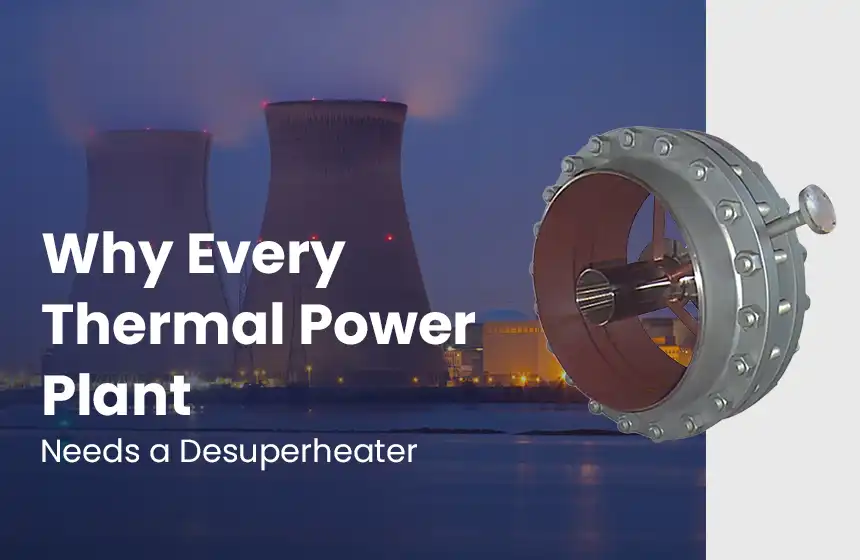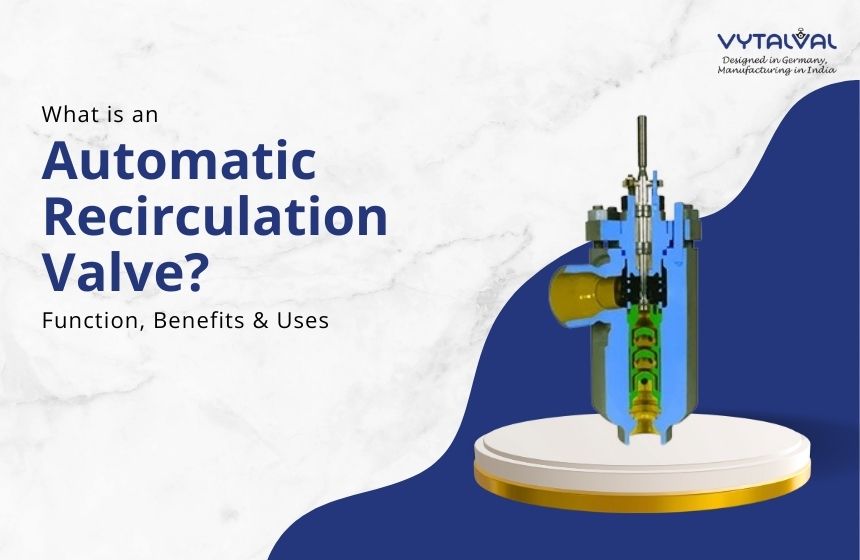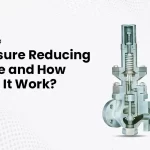
What Is a Pressure Reducing Valve and How Does It Work?
June 20, 2025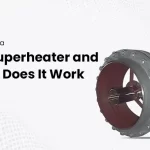
What Is a Desuperheater and How Does It Work
July 7, 2025
What Is a Pressure Reducing Valve and How Does It Work?
June 20, 2025
What Is a Desuperheater and How Does It Work
July 7, 2025What Is a Pressure Reducing Station? Everything You Need to Know
Ever thought about how factories or power plants handle high-pressure gases or fluids safely?
Or how industrial facilities manage high-pressure fluids without damaging equipment? It is because of the important system that they use a pressure reducing station that regulates and controls the fluid or gas pressure within the pipeline. They play a crucial role in industrial operations, working behind the scenes to ensure the system remains safe, efficient, and operates smoothly.
In this blog, we will discuss what a pressure-reducing station is, how it works, its benefits, applications, and more.
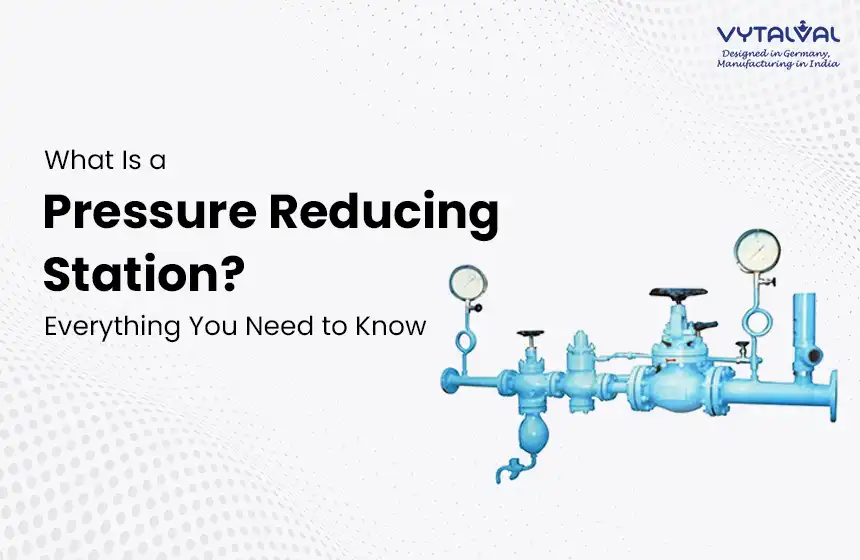
What is the pressure reducing station?
A pressure reducing station is the essential control point designed to regulate and lower the pressure of gas or liquid in the pipeline to a safe and usable level. You can think of it as a pressure step-down system, which ensures that appliances receive gas or fluid at the right pressure without any damage or being overwhelmed.
These stations help reduce incoming water (or fluid) or steam pressure to a safer, predetermined, and constant downstream level. Therefore, they are helpful in various industries, from natural gas distribution to chemical processing.
How does pressure reducing station work?
Here is the step-by-step process that illustrates how pressure-reducing stations work. Here is what happens when the gas/fluid arrives at high pressure, which is much higher than what end users need.
1. High-pressure Gas/Fluid Entry
First, gas or fluid enters the station directly from high-pressure transmission pipelines or storage facilities. This gas or fluid typically arrives at pressures significantly higher than what end users require.
2. Filtration and Cleaning
Before pressure reduction begins, the gas or fluid passes through the filtration system. It will remove impurities, debris, and moisture. This step protects the sensitive equipment and ensures smooth operations.
3. Pressure Regulation
Now, pressure regulators adjust and control the pressure using spring-loaded or pilot-operated valves. These regulators automatically adjust and maintain steady pressure even when demand fluctuates.
4. Safety Monitoring
During the entire process, safety valves and relief systems release excess pressure if the level exceeds safe limits. The monitoring instruments constantly track pressure and temperature to ensure everything operates within safe parameters.
5. Final Distribution
In the final step, the properly regulated gas exits the station and flows to businesses and industrial facilities at safe and usable pressures.
What are the Key Components of a Pressure Reducing Station?
A pressure reducing station contains various components that work together to ensure safe operation.
Pressure Regulators – They are the heart of the entire system, controlling and maintaining a consistent outlet pressure even when the inlet pressure varies or downstream demand changes.
Safety Relief Valves – They act as the system’s safety net. It opens to release excess pressure if the level becomes high.
Filtration System – It removes impurities and moisture that could damage equipment or affect the quality of the gas.
Monitoring Instruments – These include pressure gauges, temperature sensors, and flow meters, which provide real-time data regarding system performance.
Control System – Generally, modern stations include automated controls which allow remote monitoring and adjustment of station parameters.
A well-designed pressure reducing station improves system efficiency and increases the lifespan of pipelines and equipment. It also ensures compliance with the safety regulations.
Where are Pressure Reducing Stations Used?
The use of pressure reducing stations is not limited to residential gas distribution. It is used in various industries, such as:
- Power generation
- HVAC systems
- natural gas distribution
- industrial manufacturing
- chemical and petrochemical industries
- fire protection system,
- Oil and gas refineries, etc.
What are the Benefits of Pressure Reducing Station?
When you install an effective pressure reducing station, it delivers numerous benefits.
- It enhances safety by regulating and preventing overpressure conditions, which could cause equipment failure or accidents.
- A pressure reducing station ensures that downstream appliances and machinery operate within the design parameters. It extends lifespan and reduces maintenance costs.
- It improves efficiency by maintaining consistent pressure delivery, which helps equipment operate at optimal performance levels.
- Regulatory compliance becomes easier when stations meet safety codes and industry standards, which are required by local and national authorities.
- It helps you save your hard-earned money by reducing equipment replacement, lowering maintenance requirements, and improving energy efficiency.
Conclusion
A pressure reducing station is the vital component that safely delivers gas and other pressurized fluids to countless applications. These pressure reducing stations ensure that pressure levels remain safe and consistent. Vyatal Controls, one of the trusted Control Valve Manufacturers in India, develops innovative solutions by creating tailor-made valves that improve the reliability, efficiency, and safety of pressure reducing stations across various industries. Call them today to avail expert guidance and customized valve solutions for your needs.
The next time when you turn on your gas appliance or see any industrial facility in operation, remember the pressure reducing station works quietly in the background to make it all possible safely and efficiently.


